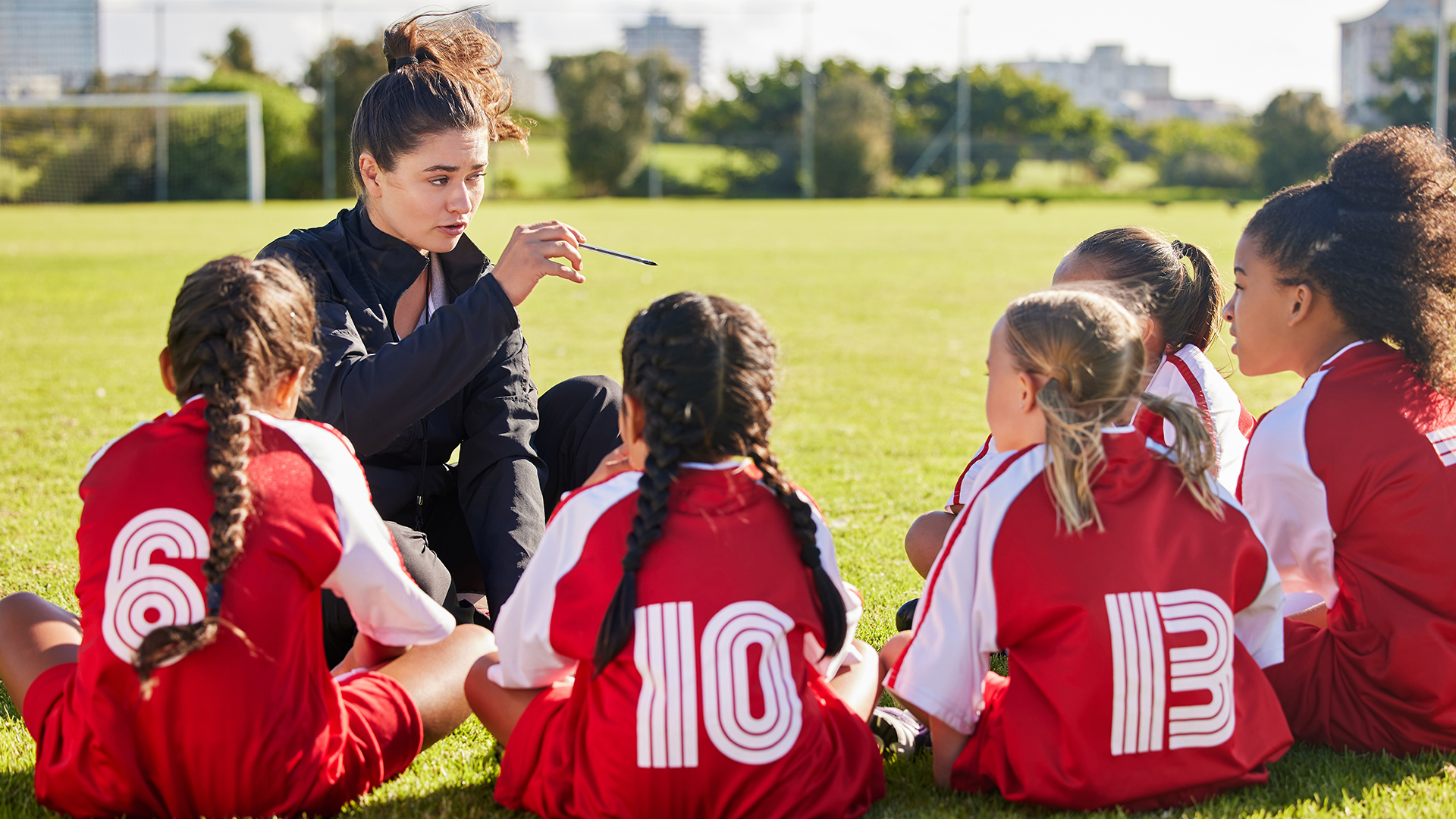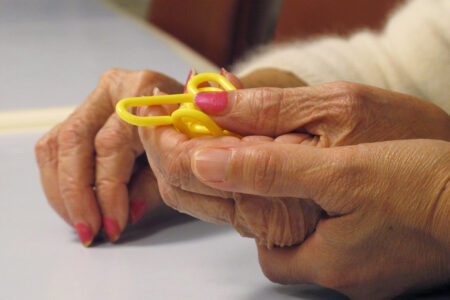
The concept of “safe sport” goes beyond preventing harm. It must foster safety and growth for everyone involved. It is important not only for the physical safety and well-being of athletes, but also for their emotional and psychological health. A safe and supportive environment can help athletes achieve their full potential while promoting respect, sportsmanship and teamwork.
Recent cases of abuse in sport have brought a number of concerns about how athletes interact with coaches and staff. To mitigate these concerns, policies such as the Rule of Two are being more strictly enforced.
Unfortunately, the Rule of Two can suggest to athletes that they cannot or should not trust their coach, planting a seed of doubt in their minds regarding their safety. But coaches are not just coaches, and players are not just players. Sports foster relationships and through them bonds are formed, and lifelong memories created.
These policies are often made with a defensive mindset and are reactionary. They tie the hands of coaches, making it next to impossible for them to form the positive and safe relationships they want with their athletes. The unintended consequence means that athletes are robbed of true and meaningful relationships with their coaches, both on and off the field.
The Rule of Two
The Rule of Two is not a new concept; however, it is increasingly becoming mandatory across multiple national sport organizations. It is designed to ensure the safety and well-being of athletes by requiring at least two adults are present during any activity involving athletes. This includes practices, games and other team events.
The Rule of Two applies to one-on-one interactions between coaches and athletes. In these situations, the coach should always have a second adult present, or the interaction should be conducted in a public or open space where others are present.
This is important to protecting young athletes from physical, emotional and sexual abuse. Having at least two adults present reduces the chance of misconduct or inappropriate behavior occurring and allows for concerns to be addressed and reported promptly.
Although the Rule of Two is being implemented to protect athletes, it can also hinder the ability of coaches to form meaningful relationships and connections with their players. The most challenging aspects arise in the context of electronic communication and transportation.
When working with athletes electronically, the Rule of Two encourages coaches and in some cases officials to:
1. Use group texting or group communication apps rather than one-on-one messaging.
2. Rely on speakerphone or hands-free mode in phone calls when speaking to athletes.
3. Always copy another adult, such as an assistant coach or team manager, when communicating with athletes electronically.
4. Limit their communication with athletes to sport-related topics and avoid discussing personal or sensitive information.
5. Avoid communicating with athletes late at night or during other times when it may be perceived as inappropriate or intrusive.
These guidelines should ensure that communication with athletes is appropriate, transparent and does not create an opportunity for misconduct or inappropriate behavior. Additionally, by including another adult, the Rule of Two is upheld and the safety of the athletes is better protected.
Although these guidelines are primarily aimed at protecting athletes, they can also interfere with athletes’ ability to reach out to their coaches off the field. Sports are more than just a game. Coaches try to foster fun, encouraging and trustworthy environments. Athletes often use sports as an escape from reality – a place where they can connect with their coach and teammates to grow and learn.
Many coaches are role models and valuable people in an athlete’s life, seeing them through their highs and lows. Many players form connections with their coaches and begin to feel comfortable opening up to them, whether it’s joking about their day or feeling safe enough to reach out to them for help when something is wrong. Coaches are often trusted people who help athletes find mental health resources and support them in times of need.
Teams often have a head coach, an assistant coach and a manager. Suggesting group chats seems both logical and practical to protect athletes. However, when it comes to sensitive topics, such as mental health, possible problems at home, bullying, or hazing, players normally have a strong connection with one coach. It is rare to feel comfortable with every single coach to the point where an athlete would confide in all of them.
Not allowing an athlete to communicate with their coach of preference hinders both the athlete’s ability to reach out and the coach’s ability to help. Additionally, it can be intimidating to have to talk to two coaches about a sensitive topic. By telling coaches they cannot respond to a private message from their athlete eliminates a channel of support for a player when they may not have anyone else to turn to.
In the context of transportation, the Rule of Two means that there should always be at least two adults in addition to the athletes during transportation. At least one of the adults should be a screened and approved coach or official. The second adult can be a parent helper, volunteer, or other designated person. It is recommended that the second adult be of the same gender as the athletes that they are transporting.
This aspect of the rule, however, has potential costs. There are instances where a coach lives nearby to an athlete whose parents do not have the ability to get their child to practice or games and the coach could easily give this player a ride. This would allow the athlete to participate in a situation where they may otherwise could not play.
There are also parents with more than one child who might ask a coach for assistance at times when no other parent or friend can help. Without a coach having the ability to drive a player, there may be instances where the athlete cannot participate in their sport simply due to their lack of transportation.
The Rule of Two is an across-the-board rule, meaning it applies uniformly to youth athletes and adult athletes. The relationships and bonds formed with coaches are different depending on age, and this should be reflected in the application of the rule. As players grow, they often look to up to their coaches as mentors and role models. The power a coach has to positively influence an athlete’s life is significant, especially as athletes discover themselves off the field. The rules need to be modified to accommodate the increased agency that comes with adulthood. Private and confidential conversations are sometimes important – even if they aren’t directly about the sport the athlete plays in.
Independent national body would address violence against athletes
The spectrum of topics spans from a private conversation about a player needing guidance on life decisions, to a player opening up about their sexual orientation, to a player calling a coach because they got into a car accident and need help. Is a coach not supposed to answer that call for help?
It cannot be said enough: coaches are more than “just coaches” to so many athletes. They are a lifeline – at all ages but especially for young adults. There is no doubt that this position of trust is sometimes abused, and coaches have taken advantage of these situations. However, there are also an uncountable number of coaches who have genuinely helped players. This lifeline should not be taken away from them. There must be a way to balance athletes’ safety while still allowing coaches to positively influence their growth and development.
It’s important to understand that often those who advocate for and implement rigorous Safe Sport policies are those who unfortunately have experienced trauma through sports or coaches who abused their power by taking advantage of vulnerable athletes. These policies are reactive and defensive rather than proactive and positive.
Under the Rule of Two, coaches could become fearful, creating unsupportive environments, which in turn could lead to unsafe mental and emotional settings for athletes. More work is needed in pursuing a balance between safety and the development of wholesome and positive relationships between coaches and athletes.










